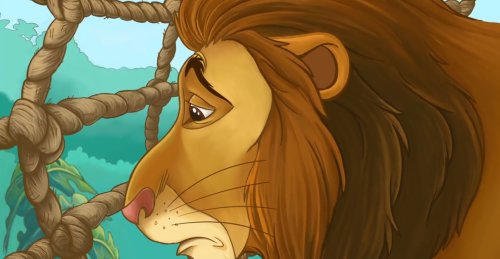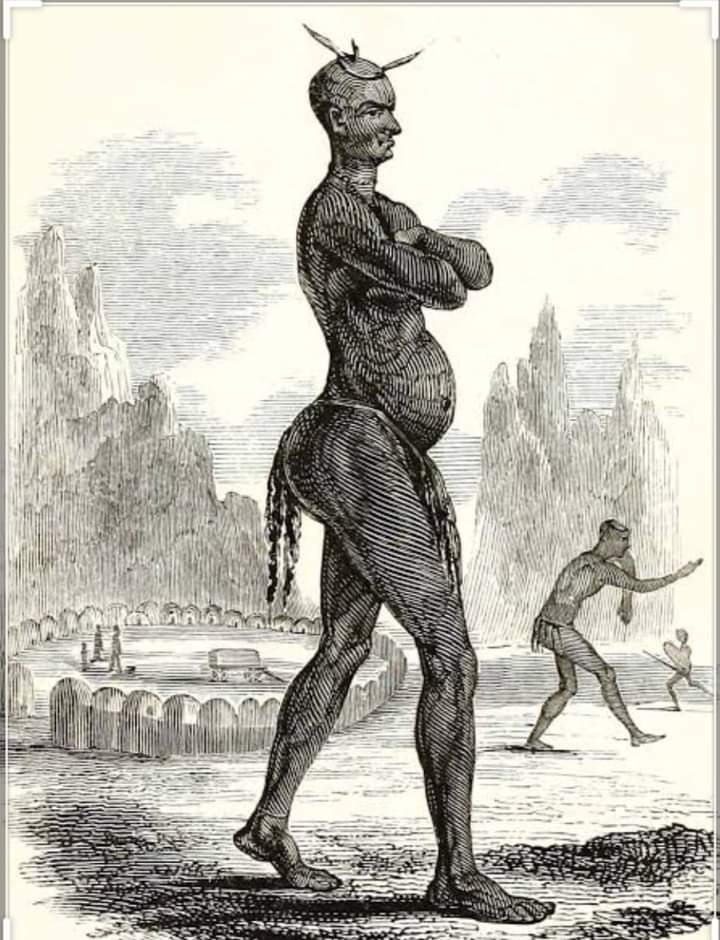
1. KING MZILIKAZI'S ECONOMIC SYSTEM 👑🇿🇼👑
Umnxeba...
The evolution of the Ndebele state can be divided into 2 phases: 1820-1840 was dominated by migration & wars. 1841-1893 saw the Ndebele evolving to a new full-fledged settled heterogeneous state in present day Matabeleland.
Umnxeba...
The evolution of the Ndebele state can be divided into 2 phases: 1820-1840 was dominated by migration & wars. 1841-1893 saw the Ndebele evolving to a new full-fledged settled heterogeneous state in present day Matabeleland.

2. The first economic activity of the Ndebele state was the production of grain. The grain included millets like amabele, inyawuthi and uphoko. Vegetables melons & various beans and nuts were part of the agricultural produce eg. ulude, ibhobola, imbhida yendumba and indumba.
3. The vegetables were cooked using ulaza (fresh cream) extracted from cow milk during the process of making amasi (sour milk). Umlotha (ashes) were also added to the relish and was equivalent to bicarbonate of soda. Amajodo (yellow melons) were cooked & eaten for breakfast.
4. Cultivation of crops was done in villages with each family planting & reaping under the supervision of umnumzana womuzi. Fields were shifted at different intervals under the direction of indunankulu yesigaba. 

5. Chiefs also worked in the fields. The soldiers, amajaha, took home leave in the planting season so as to assist in the fields. Each village contributed a portion of its agricultural produce to the national granary known as isiphala senkosi. 

6. The king also received tribute in the form of grain from various vassal chiefs. This grain was added to isiphala senkosi. Besides feeding the poor, the grain ensured that there was always enough food supplys at the royal palace & for the military.
7. The other major economic activity was cattle rearing. The whole Ndebele kingdom was designed to specially protect the fields and the cows. Cattle were obtainined through raiding neighboring chiefdoms and kingdoms. The acquired cattle were reared and increased.
8. Cattle ownership was in two distinct concepts. Cattle were owned collectively by the nation. All raided cattle fell under the national herd. They were the king's cattle and regimental cattle, inkomo zenkosi and inkomo zebutho which were distributed to izigaba.
9. The national herd was under the custody of the loyal and successful. The national herd was also borrowed to the poor to help them utilise the benefits and build their own kraals. These cattle were known as inkomo zamasiso.
10. Chiefs, successful warriors, inyanga, izanusi etc were the largest private cattle owners. Private cattle were known as inkomo zamathanga. These cattle were used mostly for amalobolo, which doubled as an economic transaction to build family economies.
11. Inkomo zamathanga were also sisa'd out by the wealthy to their followers, workers, poor relatives. The cows were taken back upon breach of loyalty. If relations were good, the amasiso arrangement would last for generations.
12. The other economic source of the Ndebele state was the tributes from neighboring chiefdoms. Paying tribute was a token of allegiance & the only insurance against being raided. Tribute included offering grazing land, iron tools, grain, tobacco copper & animal skins.
13. Those who paid tribute were left in peace. The Shangwe sent tobacco as tribute . The Lemba supplied copper. The Mhari of Nhema herded cattle for Mzilikazi. Other chiefs like Chivi and Hwata resisted payment of tribute leading to constant clashes with the Ndebele.
14. The Ndebele military operated as far as southern Botswana, southern Zambia lower Zambezi and as far as the border with Mozambique. The Dumbuseya joined the Ndebele in their expeditions. Imitators of Ndebele armies were also many and operated covertly in various regions.
15. King Mzilikazi also pursued trade with Europeans who wanted hunting rights . Guns, clothes, beads and alcohol were exchanged for livestock. The Ndebele also supplied white traders and missionaries with grain and sheep. Chiefs acquired expensive winter coats from the trade.
16. King Mzilikazi used his status to get the best bargains and expected to sell his livestock at a royal price. Scales of comparative prices were established and they fluctuated from time to time. However, he shunned the European dress code and religion.
17. The Ndebele also sold their labour to Europeans who needed help with wagons, guides and translation. The Ndebele would work 6 months for a gun. By the 1870s some of the Ndebele were working at the diamond mines in Kimberly.
18. King Mzilikazi had a flexible immigration policy. There were innumerable voluntary migrants who joined the Ndebele state. These brought with them their skills and cultural enrichment. For example the Mfengu of Mzizi, who later became King Lobhengula's trusted isanusi.
19. There were also captives who were mostly young men captured from various chiefdoms raided by the Ndebele. These were assimilated and absorbed into the Ndebele armies to boost and increase numbers.
20. King Mzilikazi also took over the tributary sources of the Rozvi empire. Non-Rozvis who previously paid tribute to the mambos, for example the Nyubi of of the Matopos valleys, were absorbed and paid tribute to King Mzilikazi instead. 

• • •
Missing some Tweet in this thread? You can try to
force a refresh



















